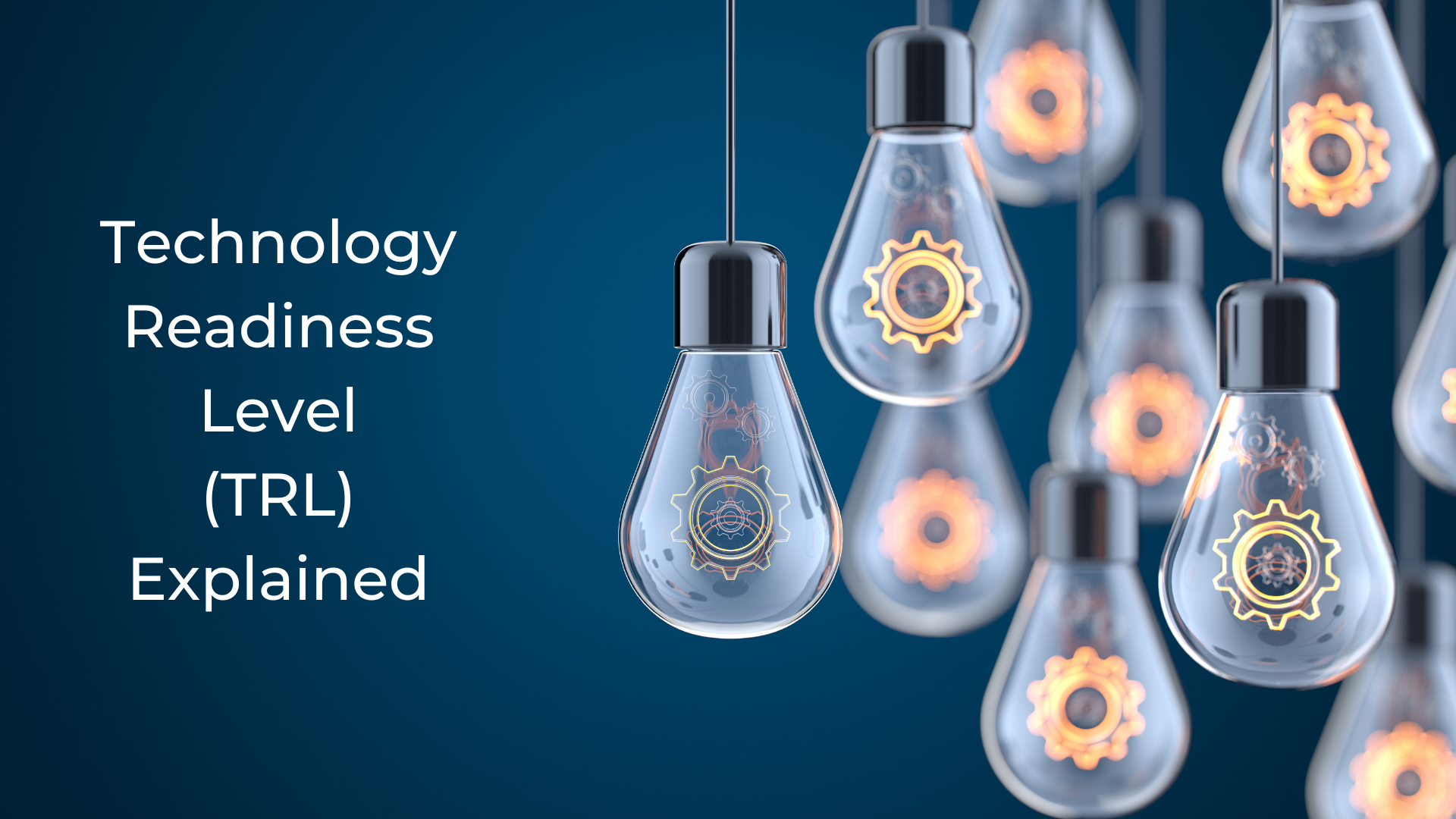Technology Readiness Level (TRL) Explained
One of the criteria for most R&D grants is having reached a specific Technology Readiness Level (TRL) and reaching a specific level during the grant period. For example, the Eurostars grants are aimed at projects in TRL 3-6 while the EIC Accelerator is specifically for projects that have already reached TRL 6 and aim to reach TRL 8-9 during the project period.
What is Technology Readiness Level?
is a systematic metric used to assess the maturity of a technology or innovation. It is a scale that ranges from 1 to 9, with each level representing a specific stage in the development and readiness of a technology. TRL is commonly employed in research and development (R&D) projects, especially in the fields of science, engineering, and technology, to determine the feasibility of transitioning a technology from the laboratory to practical applications.
A brief overview of each TRL
TRL 1 - Basic Principles Observed: This is the lowest level, where the technology is in its infancy. It involves the discovery of new scientific principles or theoretical concepts, but there is no practical application or experimental proof yet.
TRL 2 - Technology Concept Formulated: At this stage, the technology's potential for solving a problem or meeting a specific need is recognized. Researchers may start conducting initial experiments or conducting basic simulations to validate the concept's feasibility.
TRL 3 - Proof of Concept (PoC): This level involves the development of analytical and experimental methods to demonstrate the feasibility of the technology concept. Researchers typically perform tests in a controlled laboratory environment to validate key components or aspects of the technology.
TRL 4 - Technology Validated in Lab: In this phase, the technology is demonstrated in a laboratory environment with all its key elements integrated. The tests aim to simulate the expected operating conditions to identify and address potential technical challenges.
TRL 5 - Technology Validated in Relevant Environment: At this stage, the technology is tested in a relevant environment, though not necessarily the exact operational environment. This step helps to assess how the technology behaves and performs under more realistic conditions.
TRL 6 - Technology Demonstrated in Relevant Environment: The technology is tested in an operational or near-operational environment to verify its performance in real-life scenarios. This level helps to identify and address any remaining issues before transitioning to full-scale implementation.
TRL 7 - System Prototype Demonstrated in Operational Environment: A full-scale prototype of the technology is demonstrated in its intended operational environment. The prototype may not be the final version but should closely represent the end product.
TRL 8 - Technology Validated in Actual System/Application: At this point, the technology is integrated into the actual system or application where it will be used. The performance is evaluated to ensure that it meets all the required specifications.
TRL 9 - Actual System Proven in Operational Environment: This is the highest level of TRL, where the technology has been successfully deployed and proven to work as intended in its operational environment.
The TRL system provides a standardized and objective way to assess the readiness of a technology and helps decision-makers determine whether a technology is mature enough to move forward with development, production, and deployment.

